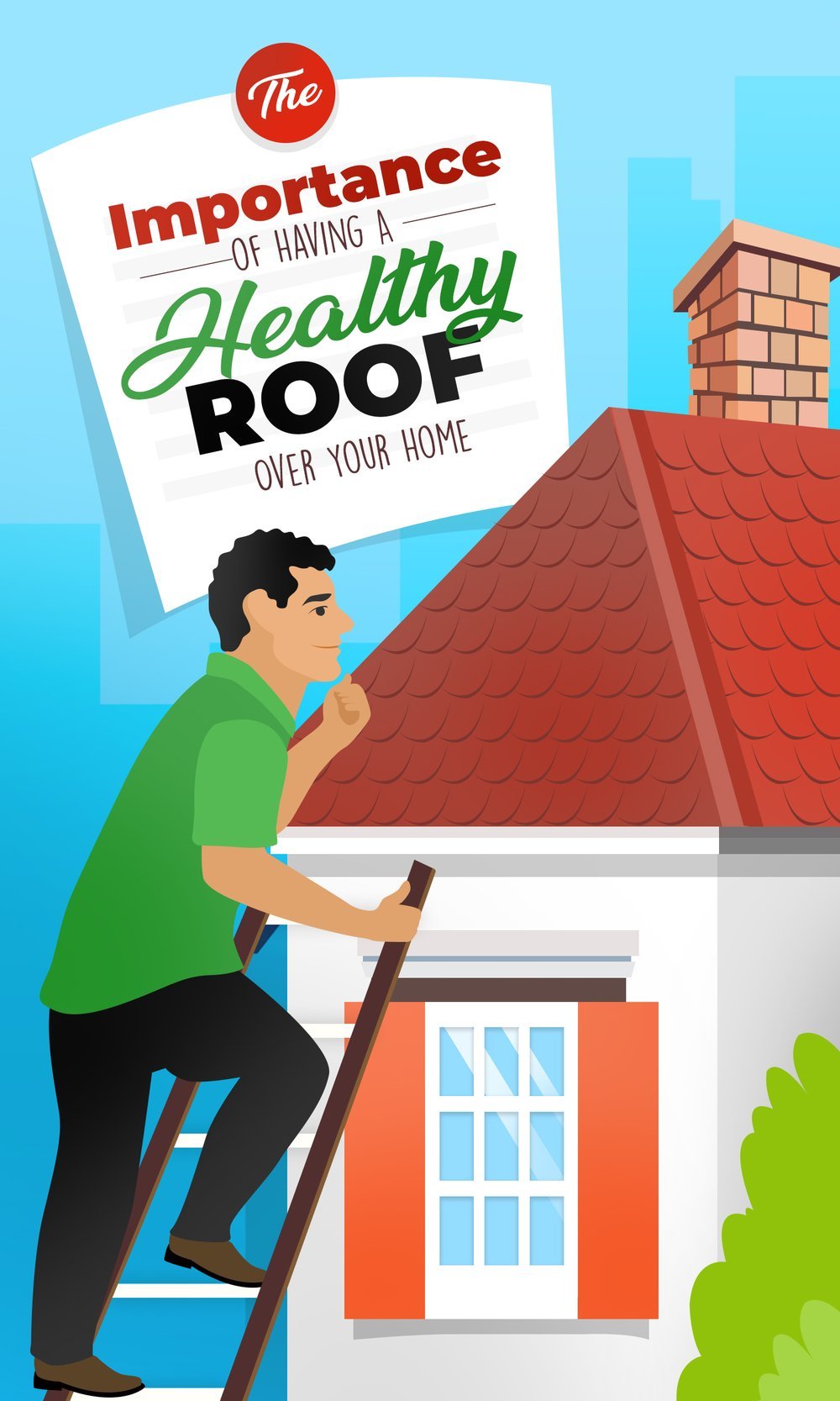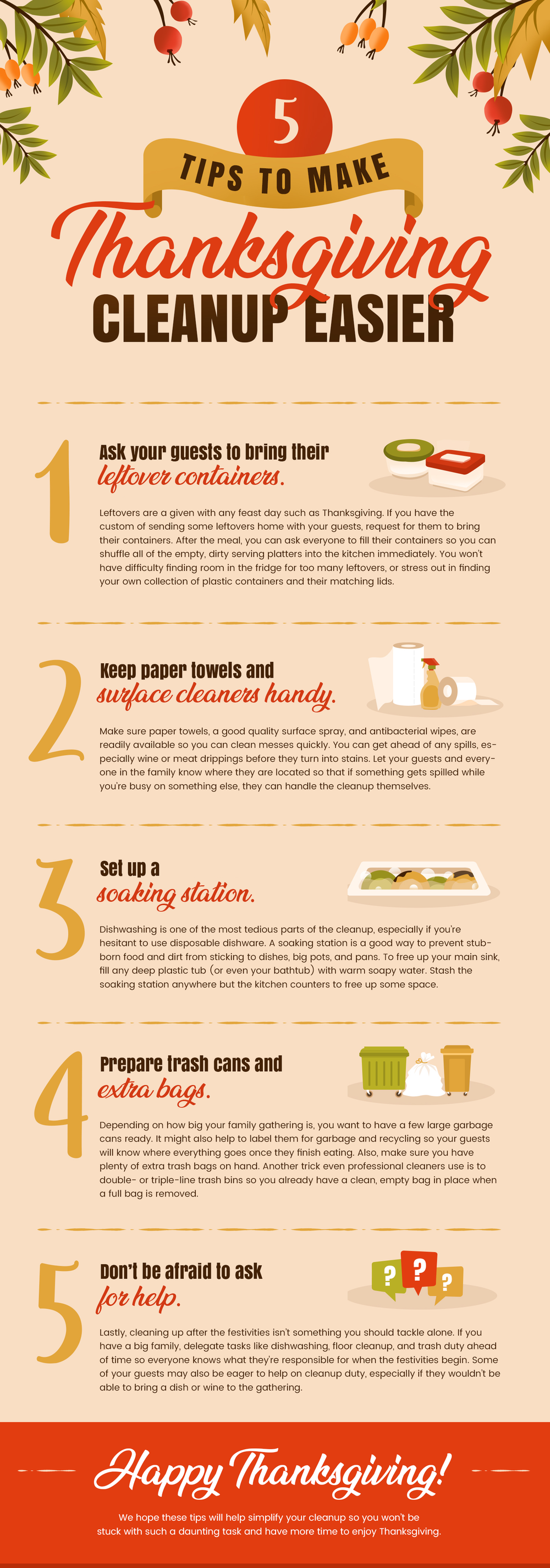

Honoring All Who Served and The Many Advantages of VA Loans
Thank you, dear veterans, for your valor, strength, service, and dedication to protect us and keep us safe. Veterans sacrifice a lot to protect the country. And one way to show appreciation to them and their families is to make sure they know about the mortgage loan that's available to them: the Veterans Affairs loans by the U.S. Department of Veterans Affairs. Here are the top four advantages of VA loans: No down payment - This is the biggest advantage of the loan program. Qualified veterans can purchase a home without making a down payment, no matter how much home they're buying. Don't require private mortgage insurance (PMI) - Unlike other loans that require 20 percent PMI, VA loans do not, allowing military borrowers to save on their monthly mortgage payments. Limits on closing costs and fees - VA loans actually limit the loan-related costs qualified home buyers can be charged, making home ownership more affordable. A lifetime benefit - There's no expiration to this program, and veterans who qualify for a VA loan can use it over and over again. Bottom line VA loans are one of the most powerful mortgage options available on the market for veterans, service members, and qualified surviving spouses, which is why it’s so essential to learn about this program and its advantages.
Read More

What's Ahead in Real Estate? 5 Trends and Features To Watch Out For in 2022
The coronavirus pandemic turned the real estate market into a frenzied rollercoaster ride for both buyers and sellers. Especially because of the historically low mortgage rates coupled with the inventory shortage. But with the pandemic subsiding, the burning question is, what will happen in real estate in 2022? Housing experts forecast the market could calm down this year and ease up a little, especially for many first-time buyers. While no one knows what the future has in store, here we have compiled a list of five real estate trends that home buyers and sellers should be aware of as they navigate the market this year. Due to the surge of buyers during the pandemic, both existing and new home inventory has been extremely low throughout 2021. According to experts, inventory will remain scarce this year and we will continue to be in a seller's market. The February 2022 Monthly Housing Market Trends Report by the National Association of Realtors® (NAR) revealed that the national inventory of active listings declined by 24.5 percent over last year, while the total inventory of unsold homes, including pending listings, declined by more than 15 percent. Newly listed homes were also down 0.5% nationally compared to a year ago. One of the main catalysts for the low inventory is that homeowners have been hesitant to list their homes for sale, as there is no guarantee they will be able to find an affordable home to purchase or a rental to lease. Builders are trying to ramp up production, but new home construction isn’t keeping up with the surge in demand. There have been huge issues with the supply chain, which made construction materials more expensive and difficult to come by. Tips for buyers: To find a good home in this tight market, do as much legwork as possible. Make sure you get pre-approved for a mortgage before you even start house-hunting. Sacrifice some of your nice-to-haves for your must-haves. If the neighborhood you have been eyeing is too competitive, try to expand your search. Lastly, do not hesitate to work with a local and experienced realtor who can help you navigate the complicated process of buying a home, especially if you’re a first-time buyer. Your agent knows what is happening on the market and can give you the best advice to find the perfect home that fits your budget and lifestyle. Tips for sellers: Low inventory, where homes are being snatched up fast, means less competition! Even if your home isn’t quite as appealing to many other buyers, or you intend to sell as-is without renovations, you still stand a better chance in the current real estate market. Just make sure you plan for your next home before you decide to sell. Over the past year, mortgage rates have stayed extremely low, but that will likely change in 2022. New projections by the Federal Reserve show seven rate hikes this year, up from three projected rate hikes in December 2021, which means mortgage rates will likely rise. Both Redfin and Realtor.com predict a 30-year-fixed mortgage rate will reach 3.60 percent, while the Mortgage Bankers Association expects the average rate on a 30-year loan to reach 4 percent, by the end of 2022. The combination of lingering inflation, consumer spending, and the pandemic subsiding is what's driving mortgage rates higher. Just like groceries, gas, and everything else, house prices are going up. And while historically low mortgage rates helped offset the higher listing prices in 2021, experts forecast both home prices and mortgage rates to go up this year. According to a recent report by the NAR, the national median sales price of single-family existing homes increased to $363,700 by the end of 2021, mainly due to strong home buyer demand and limited housing supply. In 2022, existing home sales prices will continue to increase, rising 2.9 percent. Tips for home buyers: Know how much house you can really afford and commit to staying within that budget no matter what. Likewise, take the time to research lenders who have a good combination of low rates and low fees, then apply for a mortgage pre-approval. Tips for home sellers: Higher home prices mean a nice profit is on the horizon! But to get more money from your biggest investment, work with an experienced and local real estate agent to help you get the best offer for your home. Home appreciation refers to a home or investment property that increases in value over time. Throughout 2021, homes appreciated at rapid rates, mainly because the market has been so hot across the country. Housing experts suggest it may change in 2022, they expect the rapid appreciation rate to slow down and will be lower than last year. According to the NAR, home sales will take a breather after what has been a spectacular housing market in 2020 and 2021. Thus, home price appreciation is expected to be at 2.8 percent this year, down from 14.7 percent in 2021. Tips for home buyers: The slowdown provides a better environment for buyers because the homes they purchase may not skyrocket in value as quickly as they would have in 2021, and may help avoid bidding wars. But at the same time, prices won't seem to be going down. Many Americans will also no longer face the prospect of home values far outpacing their pay raises. In 2022, renovations will continue to come in all shapes and sizes. More people will gravitate towards using nature-inspired colors to give a calming vibe to their homes, including greens, blues, taupes, and browns. Many potential and recent buyers are drawn to colors associated with water and sky, as demonstrated in Zillow's interior paint color analysis. Research has found that homes with light blue bathrooms could sell for 1.6 percent more than expected or nearly $5,000 on a typical U.S. home. Meanwhile, dark, moody blues in the bedroom could sell for a $1,500 premium. Aside from matching the colors of Mother Earth, sustainability is also a top priority, especially for younger homeowners. Home listings with descriptions mentioning eco, energy-efficient, or similar terms have sold more than two days faster than expected. Listings that mention drought-resistant features sold 13 days faster, and smart sprinkler systems and double pane windows installed for energy conservation were associated with homes selling more than a week quicker than expected. After the tough two years, one thing that almost everyone learned is to prioritize their mental health. We see this reflected in thoughtful wellness home designs, including retreat features such as meditation rooms, reading nooks, and even spa-inspired bathrooms. According to Zillow, a freestanding bathtub can lead to a 2.6 percent premium on a home’s sale price. Even features such as a “she shed” can help a home sell for 2 percent more than expected. Natural light will also be a priority, especially in home offices and common spaces.
Read More

Don't Forget to Look Up! The Importance of Having A Healthy Roof Over Your Home
A roof is one of the least thought of components of a home, but it's undoubtedly one of the most important. That lovely front porch or lush garden may be the first features that catch your attention when you drive by a home or during house-hunting. However, you shouldn’t fail to notice the roof as well, considering that it makes up a third of the exterior view of your home (or even more) and is a huge part of your curb appeal. And we're here to tell you four reasons why having a healthy, well-maintained roof over a home is critical, and how to tell if it already screams maintenance and extra attention. Roofs are a fundamental element to your home, which is probably one of your largest investments. Because the roof connects the interior of your home to the outside world, it serves as a barrier against inclement weather conditions. A healthy roof guards you against snow, hail, rain, ice, sun, even from branches and debris. If your roof is in poor condition, it can leave your home susceptible to considerable weather damage. Even tiny leaks could lead to mold, mildew, and other similar water problems that could damage your home systems and your health. Aside from braving the elements, a properly ventilated and insulated roof will save you money on heating and cooling. The seals in your roof are what helps in keeping in your climate-controlled air. It releases humidity and heat from your home, which can be as damaging as rain from the outside. A roof in top shape is key to cooler summer temperatures and warmer winter ones inside your home. And when your home's indoor temperature is steady, it doesn’t only make it more comfortable but can also significantly cut down your energy costs. A healthy roof makes the rest of your home relatively safer. This is why many homeowners insurance providers consider the age, condition, material, and shape of your roof when determining your insurance coverage and costs. Remember that this benefit may not work in all situations and still depends on various factors. For example, if you take the initiative to improve the quality of your house and opt for a complete roof replacement, the insurer will likely lower your premiums. Some companies may also provide discounts, which can give you substantial savings. But if the insurance company schedules a roof inspection and enforces a roof replacement, your rates will likely remain the same or could even go up. Likewise, homeowners living on the coast where there's the constant threat of hurricanes, thus prompting multiple insurance claims for roof repairs, could result in an insurance rate increase instead of the opposite. A strong and well-maintained roof is a prominent feature that can improve the appearance of your home. Even if you have no plans to sell soon, a roof that looks “taken care of” increases your curb appeal. If you decide to list your home, it's a good selling point as it can significantly increase your home’s value. Since it’s a conspicuous element of the house, prospective buyers can easily see any visible signs of wear and tear that could deter them from buying. It will prompt them to assume that there might be other areas of the home that are being neglected. Curling, damaged, loose, or missing shingles - These are clear signs that your roof needs some serious repairs, especially after a storm or other natural disasters. Light coming from the attic - Daylight coming from the roof boards means your roof has holes. Address this immediately by calling the pros to reduce water damage in the home. Stains - Notice some ugly black streaks on your roof? They may be dirt, soot, or mold. However, this can be an indication of algae and moss damage, which degrades the shingles and may cause water damage. It could compromise the health of your roof if the damage becomes widespread. How old is your roof? In general, roofs last about 20-30 years. However, the actual lifespan of your roof depends on several factors, such as the roofing material, quality of installation, environmental conditions, among others. The older your roof, the more likely it is to experience issues, so plan ahead if yours is already nearing its life expectancy and a roof replacement is more necessary than just repairs.
Read More

Expert Questions to Ask When House-Hunting with Pets in Mind
Just how much do we love our pets? Several surveys showed how much pets are affecting the homebuying process. Pets influence many buyers on the types of homes and neighborhoods they search for, becoming the biggest reason their favorite humans decide to become homeowners. A 2021 homes.com survey of 1,600 homeowners who are also pet owners showed that 68 percent of respondents who weren't already living in a pet-friendly home said they have moved for the sole purpose of accommodating their pets. Another joint survey from Rover and Zillow found that 62 percent of pet parents consider moving to a new home to accommodate their dog. Likewise, listings that mentioned dog-friendly features such as fenced backyards, dog runs, and dog houses sold faster. House-hunting is no easy task. And with your pets and their needs in mind, it might be even more challenging. While there might not be what you can call a ‘perfect' place, asking these five questions will hopefully get you close to finding the best home for your family and pets. Every state, county, town, city, and even some neighborhoods, have specific laws and ordinances regarding pets. By reading up about local regulations before committing to a neighborhood and a home, you'll be aware of important information such as: Pet type and breed restrictions Pet licensing and registration Types of fences or other structures that you can install in your yard The number of pets allowed per residence Leash requirements Vaccinations Loose dogs Spay and neuter guidelines When local authorities can impound or euthanize your pet If you are looking to move to a condo or community with a homeowners association, pet restrictions may be a bit tighter. Research the local rules beforehand so you won’t be caught off guard by unexpected regulations or expenses when you move in. Don’t forget to consult with your local real estate agent or the HOA to further your knowledge of the rules. We treat our pets like family and want only the best for them. So when looking for a new home, you must check for the nearest veterinarian and the proximity of other pet services, including supply stores and animal hospitals. This may depend on how far you're moving, so don’t be afraid to ask for recommendations from your current veterinarian. It’s especially crucial if you have a young or senior pet prone to emergencies. Your real estate agent is your tour guide who can point you in the direction of the local hotspots, including pet-friendly cafes or restaurants, and dozens of other services catered to your pet’s needs. Speaking of your pet's welfare, you may want to consider moving to a community with plenty of sidewalks and good walking routes. Even the most obedient dogs or cats can sneak out and wander about, so you may want to steer clear of busy streets and be aware of how heavy the traffic gets in your neighborhood. Dog parks are another great amenity to search for when house-hunting with your pets in mind, especially if they need more room to play and exercise. It’s also a must not only for your pet but for you as well, so you’ll both be motivated to walk and exercise more often, especially during leisurely weekends. After considering the location and making sure your potential neighborhood is pet-friendly, the yard, or lack thereof, is the second thing to look out for in your potential home. Is the backyard big enough for you and your pet? It's important for dog and cat owners because even if you prefer to keep them indoors, it’s still a good idea to have a yard with room to roam. A fenced-in yard is your best option to provide safety and security for your pets when they’re enjoying the outdoors. If there is already a fence, inspect it to ensure that it’s still in good condition and that it’s high enough that your dog can’t jump over it. But if a fence is lacking, you may need to factor that cost into your budget. As long as you’ve done your research on local restrictions, it might be easier for you to consider the size, type, and material of the fence that’s allowed and works for your family’s needs. The inside matters just as much as the outside when finding a new place for you and your pets here are some of the pet-friendly features to consider: Durable and pet-appropriate flooring Carpet isn't the ideal flooring choice as they trap pet hair and can be difficult to keep clean. You may need the appropriate cleaning supplies to remove pet stains and odors, and they tend to wear out quickly. Hardwood floors usually fare better with pets, as they’re easier to clean and restrain. However, you may want to consider large rugs and runners to minimize damage. While it all boils down to what fits your lifestyle and tastes best, some of the floorings most recommended by experts are vinyl plank and tile. They’re mostly durable, cost-effective, easy to clean, and scratch- and water-resistant, so they can withstand water bowl spills, accidents, or even skidding paws. Adequate space Always consider the size and number of your pets when touring homes. Extra space is a huge bonus, especially if you have indoor-only pets that need space to run and play safely. You also want to have a designated space where you can keep their bed, toys, crate, as well as food and water. This ensures they have a space of their own while making it easier to keep your home organized. Washing station or space for clean-ups Spaces that can be dedicated to pet cleanup have been gaining popularity. Doggie showers or washing stations located in entryways and mudrooms are just some ideal features that will make it easier for you to clean up your pets after playing outdoors. Other pet-approved upgrades, like doggie doors or built-in feeding stations, are beneficial to have included instead of having to add yourself. Pet-friendly layout and design Lastly, keep your pet’s age and breed in mind. Common features like stairs can become a problem when your pet’s mobility decreases as they age, or if they have certain health conditions. If a multi-level home is what you’re looking for, features like ground-level entryways and fenced-in areas may be beneficial to ensure that your pet doesn’t wander without supervision.
Read More
Recent Posts










